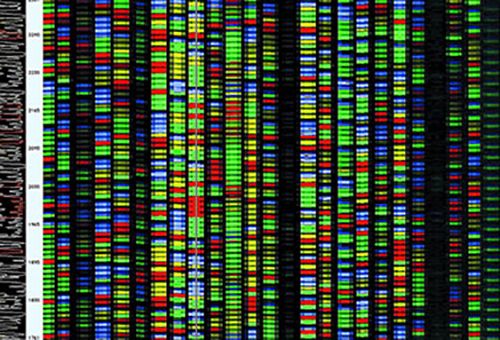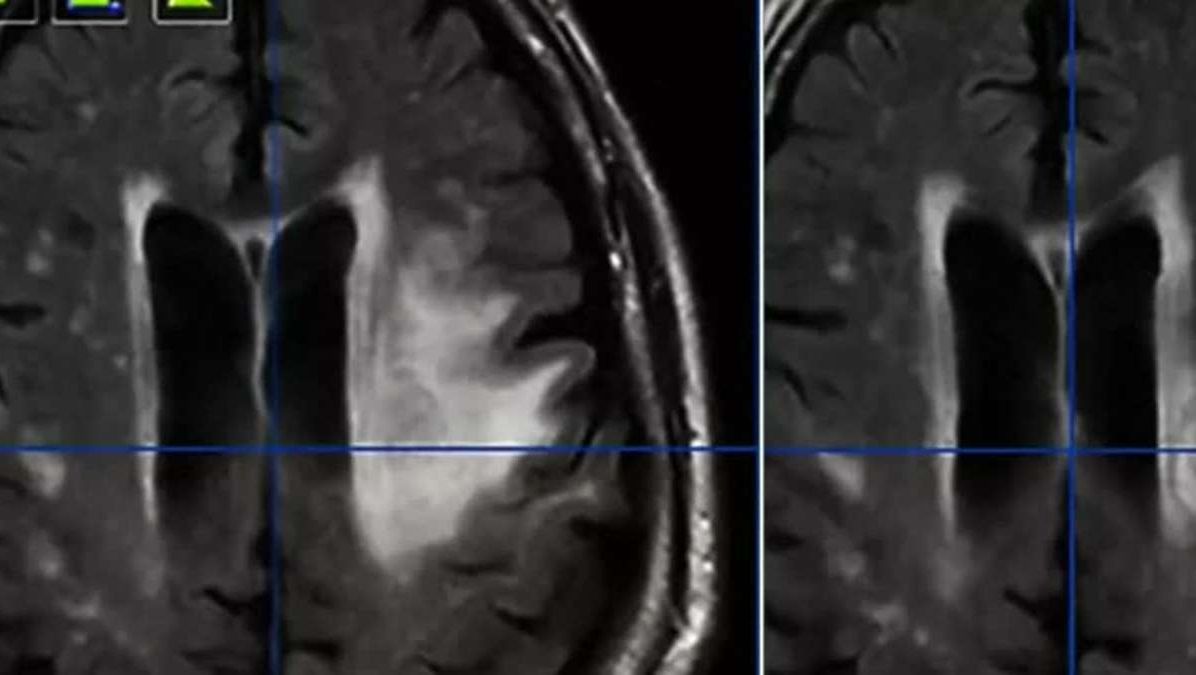Page 10692
May 4, 2016
Airbus Defence and Space signs contract to build Biomass – the European Space Agency’s forest mission
Posted by Andreas Matt in categories: geopolitics, space travel, treaties
1st P-band radar in space will measure the amount of biomass and carbon locked in the world’s forests and how this changes over time — Biomass satellite will provide support to United Nations treaties, notably the Reduction of Emissions due to Deforestation and Forest Degradation
Airbus Defence and Space, the world’s second largest space company has signed a contract with the European Space Agency (ESA) to build its next Earth Explorer mission, the Biomass satellite. Biomass is due to launch in 2021 and will measure forest biomass to assess terrestrial carbon stocks and fluxes for five years.
The spacecraft will carry the first space-borne P-band synthetic aperture radar to deliver exceptionally accurate maps of tropical, temperate and boreal forest biomass that are not obtainable by ground measurement techniques. The mission will collect frequent information on global forests to determine the distribution of above-ground biomass in these forests and measure annual changes. The 5-year mission will see at least eight growth cycles in the worlds’ forests.
May 4, 2016
Preparing for the Future of Artificial Intelligence
Posted by Amnon H. Eden in categories: biotech/medical, computing, health, robotics/AI
Today, we’re announcing a new series of workshops and an interagency working group to learn more about the benefits and risks of artificial intelligence.
There is a lot of excitement about artificial intelligence (AI) and how to create computers capable of intelligent behavior. After years of steady but slow progress on making computers “smarter” at everyday tasks, a series of breakthroughs in the research community and industry have recently spurred momentum and investment in the development of this field.
Today’s AI is confined to narrow, specific tasks, and isn’t anything like the general, adaptable intelligence that humans exhibit. Despite this, AI’s influence on the world is growing. The rate of progress we have seen will have broad implications for fields ranging from healthcare to image- and voice-recognition. In healthcare, the President’s Precision Medicine Initiative and the Cancer Moonshot will rely on AI to find patterns in medical data and, ultimately, to help doctors diagnose diseases and suggest treatments to improve patient care and health outcomes.
May 4, 2016
Faster, cheaper way to produce new antibiotics
Posted by Karen Hurst in category: biotech/medical
Nice
A novel way of synthesising a promising new antibiotic has been identified by scientists at the University of Bristol. By expressing the genes involved in the production of pleuromutilin in a different type of fungus, the researchers were able to increase production by more than 2,000 per cent.
With resistance growing to existing antibiotics, there is a vital and urgent need for the discovery and development of new antibiotics that are cost effective. Promising developments are derivatives of the antibiotic pleuromutilin, which are isolated from the mushroom Clitopilus passeckerianus.
These new compounds are some of the only new class of antibiotics to join the market recently as human therapeutics. Furthermore, with their novel mode of action and lack of cross-resistance, pleuromutilins and their derivatives represent a class with further great potential, particularly for treating resistant strains such as methicillin-resistant Staphylococcus aureus (MRSA) and extensively drug resistant tuberculosis (XTB).
May 4, 2016
Biogen haemophilia spin-out to develop gene therapies and long-acting factors
Posted by Karen Hurst in categories: business, life extension
The new entity will focus on a haemophilia pipeline utilising the XTEN half-life extension technology, bispecific antibodies and gene therapies.
Biogen announced yesterday it is planning to spin-out its haemophilia business into an independent, public firm based in Boston, Massachusetts by early next year.
Management said during a conference call this was the right time for a spin-out as Biogen’s haemophilia business has matured.
Continue reading “Biogen haemophilia spin-out to develop gene therapies and long-acting factors” »
May 4, 2016
Endometrial Cancer Genetic Risk Factors Double
Posted by Karen Hurst in categories: biotech/medical, genetics
The strength of genome-wide association studies (GWAS) lies in their ability to identify new disease biomarkers through large-scale genomic comparisons of afflicted individuals and unaffected controls. Now, using this powerful technique, an international collaboration of researchers has identified five new gene regions that increase a woman’s risk of developing endometrial cancer—one of the most common cancers to affect women—taking the number of known gene regions associated with the disease to nine.
Endometrial cancer affects the lining of the uterus, typically presenting as an adenocarcinoma. Endometrial cancer is the sixth most common cancer in women worldwide and is the most common cancer of the female reproductive tract in developed countries, with over 320,000 new cases diagnosed in 2012.
Investigators at the University of Cambridge, Oxford University, and QIMR Berghofer Medical Research Institute in Brisbane studied the DNA of over 7000 women with endometrial cancer and 37,000 women without cancer to identify genetic variants that affected a woman’s risk of developing the disease.
Continue reading “Endometrial Cancer Genetic Risk Factors Double” »
May 4, 2016
Non-Identical Twins Run In Families: Scientists Find Common Genes
Posted by Karen Hurst in categories: biotech/medical, genetics
The likelihood of giving birth to non-identical twins run in the families, suggests a new study conducted by a team of scientists. The team based their conclusion on the identification of two genetic variants in women who give birth to twins.
A number of factors have previously been linked to why some women give birth to non-identical twins. However, no study ever characterized the properties of the genes the contribute to this outcome.
The latest study looks at the genetic makeup of the mother and explains how mother’s genes can lead to the birth of non-identical twins. During the study, the research team specifically compared the genomes of the non-identical twins’ mothers to look for any common genetic variants between them.
Continue reading “Non-Identical Twins Run In Families: Scientists Find Common Genes” »
May 4, 2016
If Something Is Going To Destroy Humanity, It’s Going To Be One Of These Catastrophes
Posted by Karen Hurst in categories: asteroid/comet impacts, climatology, existential risks, sustainability
Pandemics, asteroids, nuclear war, and sudden, destructive climate change are all unlikely—but not so unlikely that we shouldn’t be planning for them.
May 4, 2016
Breaking down brain barriers to fight cancer
Posted by Karen Hurst in categories: biotech/medical, neuroscience
Nice
Neurosurgeons using lasers to treat brain cancer have discovered the technique breaks down the blood-brain barrier, a finding that could potentially lead to new treatment options for the deadly disease. Ben Gruber reports.
May 4, 2016
The Real Reasons Quantum Entanglement Doesn’t Allow Faster-Than-Light Communication
Posted by Karen Hurst in category: quantum physics
Orzell’s response to Siegel’s blog about breaking quantum entanglement and slowing down quantum communications — Orzell highlights some of the problems with Siegel’s statement about how quantum entanglement can be broken via two opposing states. The problem with Siegel’s statement is not with the breaking of entanglement slows down quantum communications; Orzell’s concern is with the details that Siegel describes in how it happens is the problem according to Orzell. Orzell highlights that the 2 state’s that Siegel shares as details to why and how the breakage occurs are not close enough by definition to make the argument valid because one is only a measurement while the other is the actual changing of state followed by a measurement.
Quantum entanglement is one of the weirdest and coolest phenomena in physics, but it’s absolutely not a method for sending messages faster than light, for subtle and complicated reasons.
















